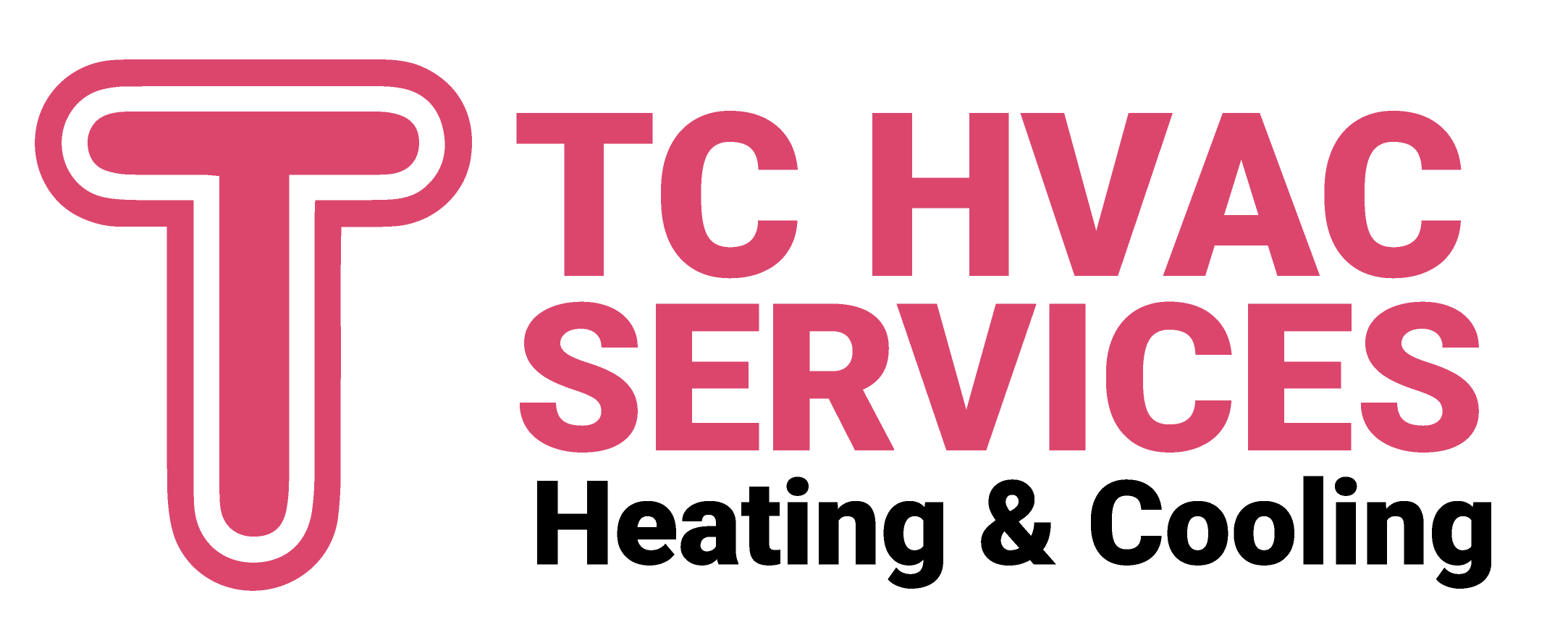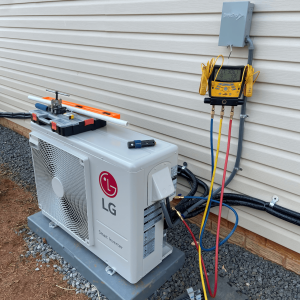Does Zoning Systems Reduce Uneven Heating?
Yes, zoning systems are a highly effective way to reduce uneven heating. They divide your home into multiple temperature zones, allowing precise control over heating and cooling based on individual room needs and usage patterns.
Zoning systems work by using dampers and multiple thermostats to direct airflow where it’s needed most. For instance, you can keep the bedrooms cooler while heating the living room for more comfort.
This targeted approach eliminates the guesswork and inefficiencies of a single thermostat system. It also saves energy, as your HVAC doesn’t have to overheat or overcool the entire house to reach a comfortable temperature in one area.

